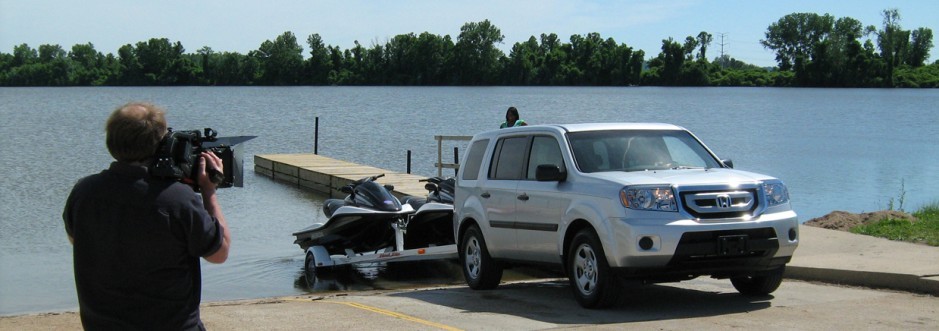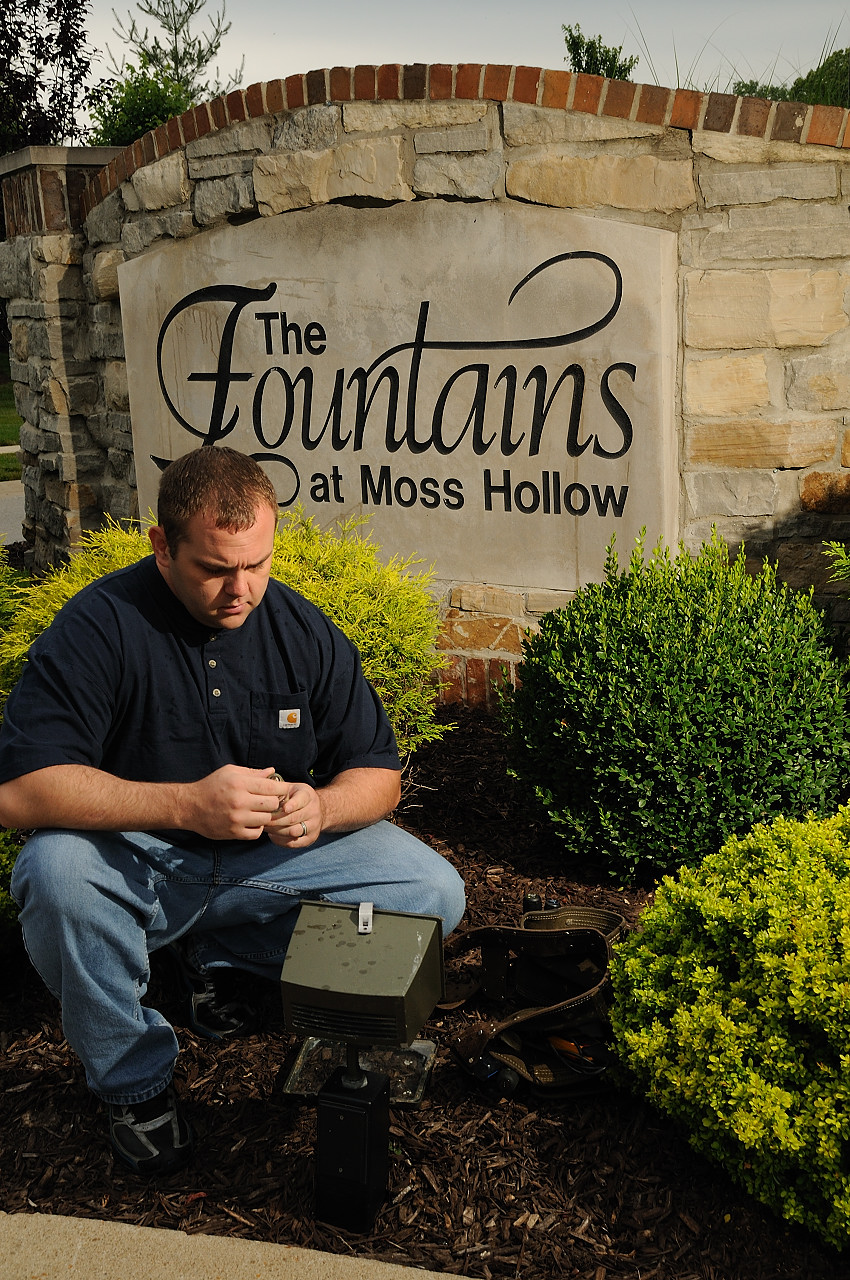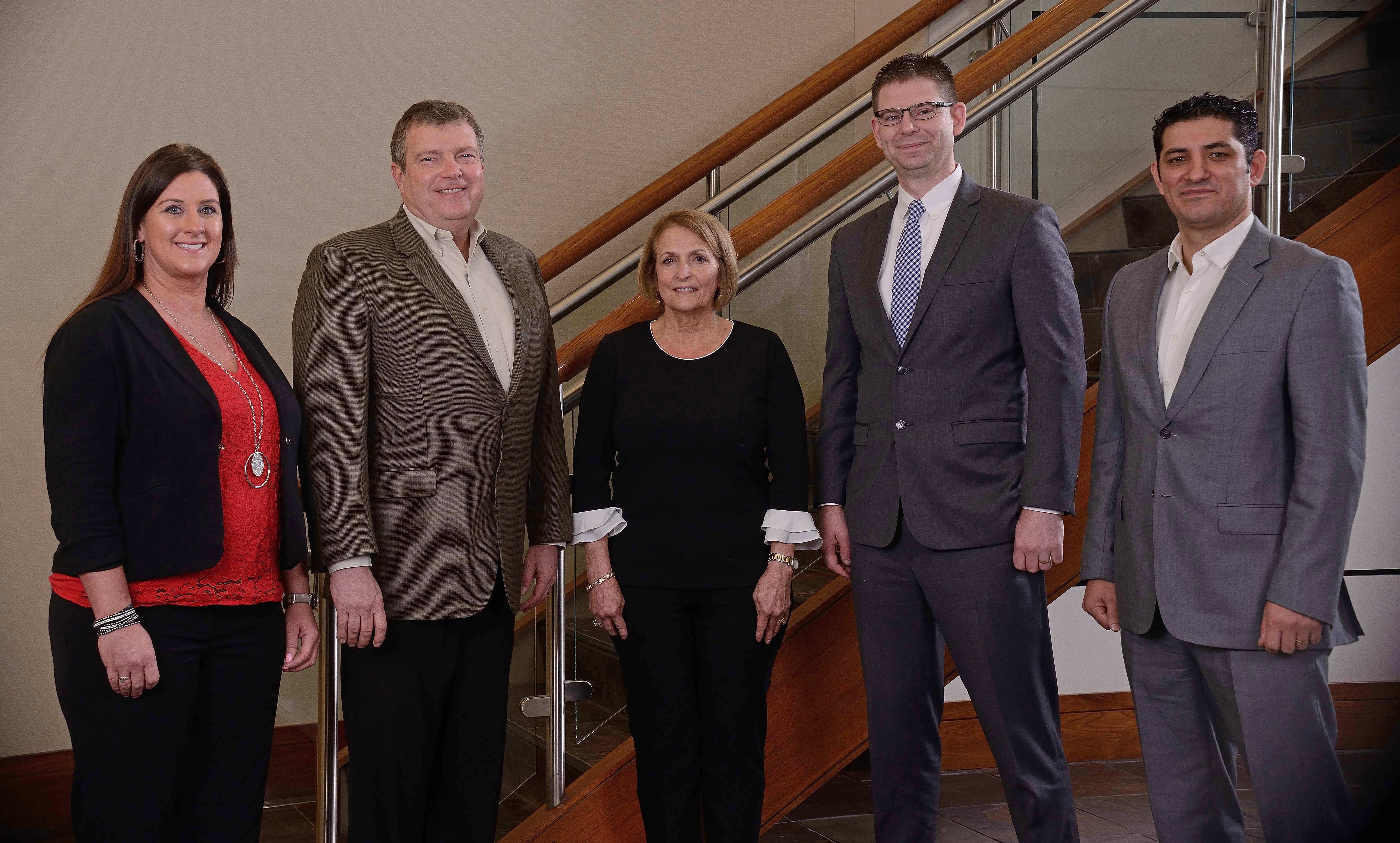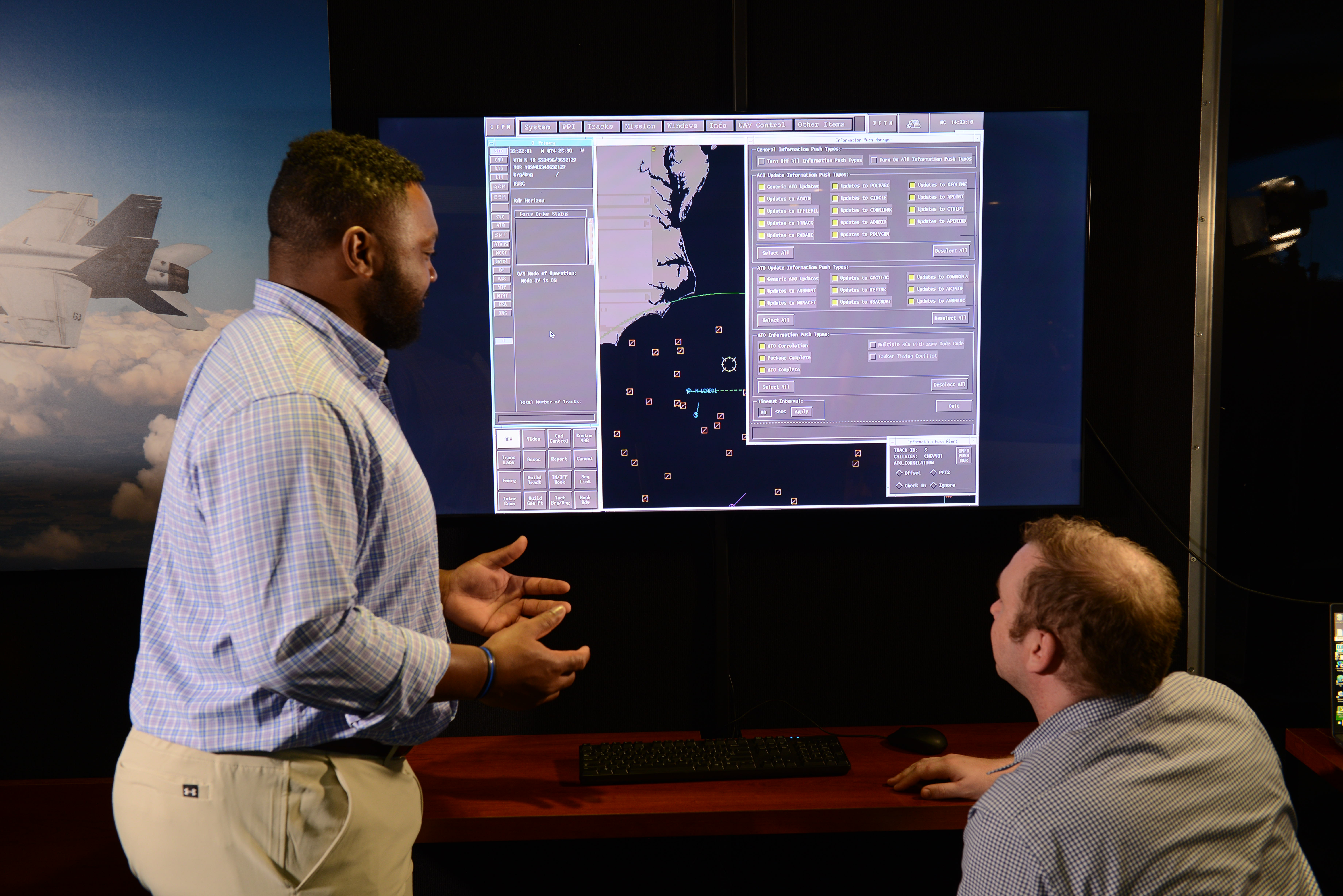In today’s digital age, the demand for multimedia content is higher than ever before. As decision-makers in the realm of photography and video production services for businesses and organizations, you understand the importance of creating captivating visual assets that engage your audience effectively. One innovative approach gaining traction in the industry is the simultaneous capture of stills and video during a single shoot. This technique offers numerous benefits, from maximizing efficiency to ensuring consistency across your branding efforts. In this comprehensive guide, we’ll delve into the strategies and best practices for mastering the art of simultaneous stills and video production.
Understanding the Concept
Simultaneous stills and video production involves capturing both photographic images and video footage during the same shoot. By doing so, you can streamline the content creation process, saving time and resources while maintaining a cohesive visual style. Whether you’re producing promotional materials, corporate videos, or social media content, this approach allows you to leverage the power of both mediums to tell your story effectively.
Planning Your Shoot
Like any successful production, effective planning is key to achieving optimal results. Start by clearly defining your objectives and identifying the specific shots you need for your project. Consider factors such as location, lighting, and talent requirements, ensuring that your vision aligns with your overall brand strategy. Collaborating closely with your creative team and stakeholders will help ensure that everyone is on the same page and working towards a common goal.






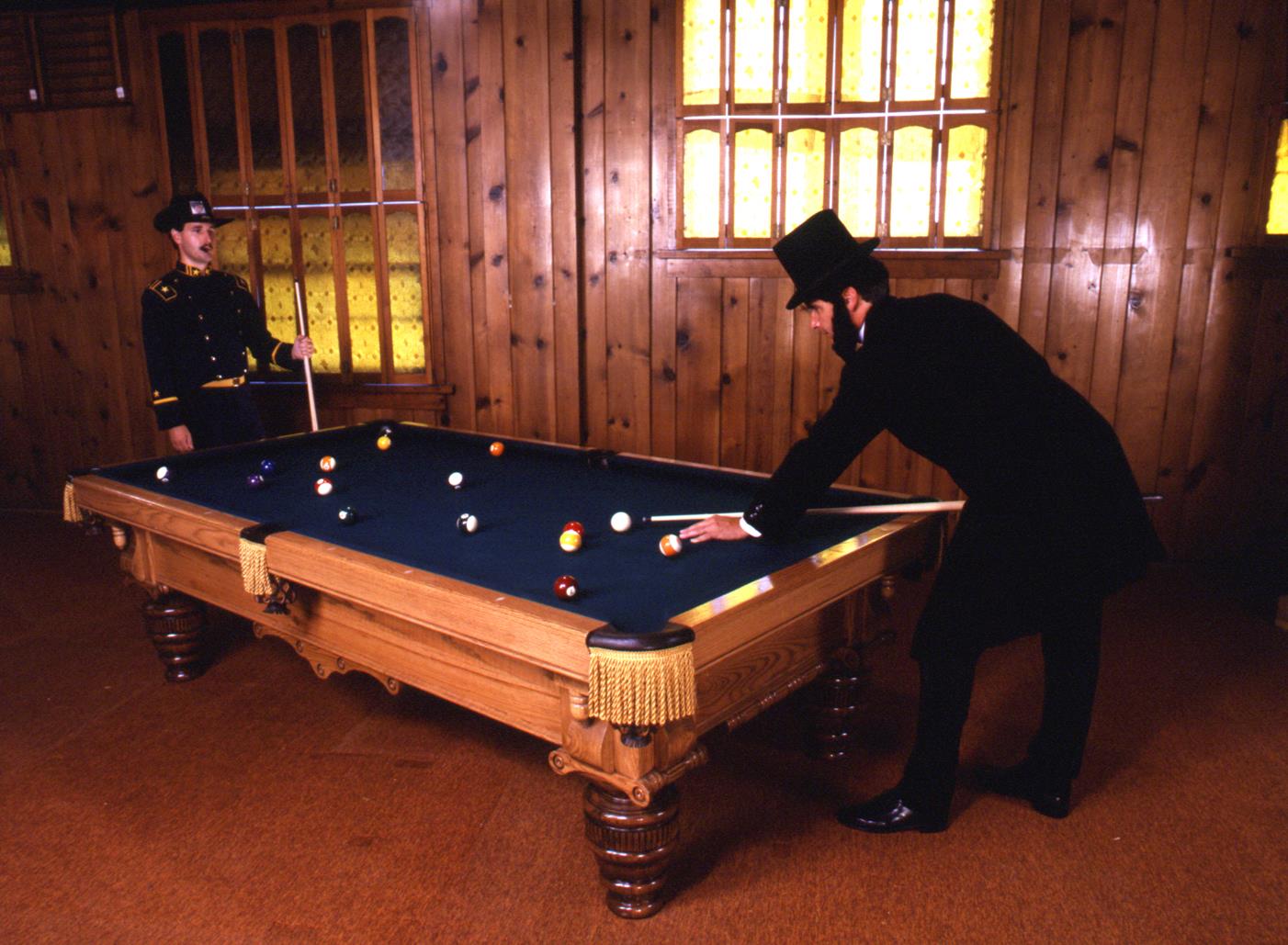



Equipment and Setup
Investing in the right equipment is crucial for executing a simultaneous stills and video shoot seamlessly. High-quality cameras capable of capturing both photo and video, along with versatile lenses, will be essential tools in your arsenal. Additionally, accessories such as stabilizers, tripods, and lighting equipment can enhance the quality of your footage and images. Take the time to familiarize yourself with your gear and optimize your setup for maximum efficiency and creativity.
Shooting Techniques
When it comes to capturing simultaneous stills and video, efficiency is key. Utilize techniques such as shot lists and storyboards to stay organized and ensure that you capture all the necessary content. Be mindful of composition, framing, and camera movement, striving to create dynamic visuals that engage your audience. Experiment with different angles, perspectives, and focal lengths to add visual interest to your footage and images.
Post-Production Workflow
Once you’ve wrapped up the shoot, the real work begins in post-production. Organize your media files systematically, labeling them appropriately for easy reference. Depending on your project requirements, you may need to color grade your footage, retouch images, and edit video sequences to perfection. Take advantage of editing software tools and techniques to enhance your content and bring your creative vision to life.
Leveraging Your Assets
With your multimedia content ready to go, it’s time to leverage your assets across various channels and platforms. Whether you’re updating your website, launching a social media campaign, or creating marketing collateral, repurpose your photography and video branding to gain maximum traction. By maintaining a consistent visual identity across all your communications, you’ll strengthen your brand presence and leave a lasting impression on your audience.
Conclusion
Mastering the art of simultaneous stills and video production requires careful planning, the right equipment, and creative execution. By adopting this innovative approach, you can streamline your content creation process and maximize the impact of your visual assets. As decision-makers in the realm of photography and video production services, we understand the importance of delivering exceptional results that align with your business objectives.
Call to Action: As a full-service video and photography production company, St Louis Video and Photography Company has worked with many businesses, marketing firms, and agencies in the St. Louis area for their corporate photography and video. Let us bring our experience and expertise to your next project. Contact us today to learn more about how we can help elevate your brand through compelling multimedia content.
Remember, the key to success lies in collaboration, creativity, and a commitment to excellence. By incorporating simultaneous stills and video into your production workflow, you can take your visual storytelling to new heights and captivate your audience like never before.
